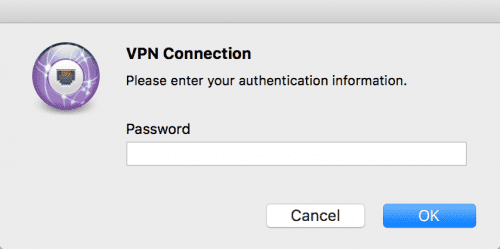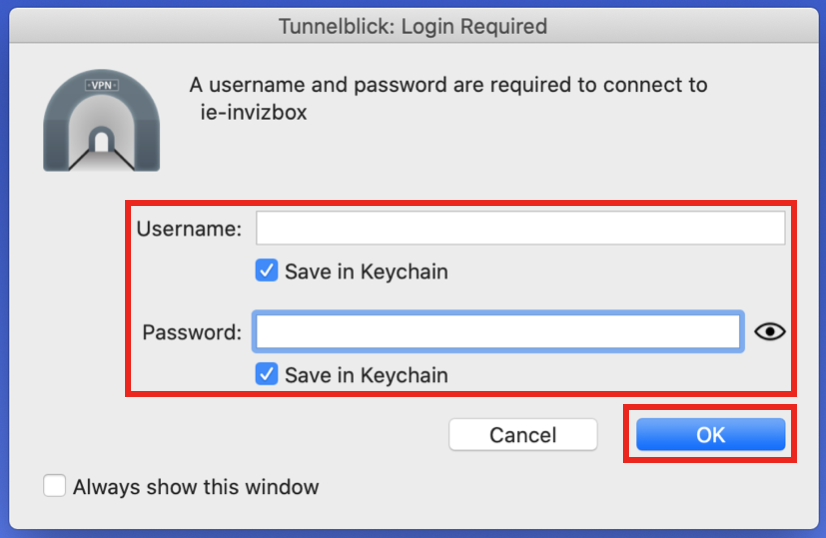

Save your changes and that's it - your saved password should now work. To navigate there, press Command-Shift-G, enter /usr/libexec, then pick configd in the dialog. CyberGhost VPN will access the Keychain for the password and you may get a prompt for.

Your public key has been saved in /var/root/.ssh/idrsa.pub. Everytime I connect to the Cisco VPN using the built-in VPN client, it asks me for the password. The file we need to select, /usr/libexec/configd, resides in a hidden folder. If you choose to save the password, it is saved in your keychain. You don't need to use a password on the key, but of course it's always a good idea to do so. Open it, then on the Access Control tab click the Plus button to add another application. 1Password remembers all your passwords for you to help keep account information safe. Its Kind field will say IPSec XAuth Password. A password manager, digital vault, form filler and secure digital wallet. Open the Keychain Access Application, select the System keychain and find your saved XAuth password entry in the list. running VPN on Windows when you initially signed up for VPN using Mac Let the. Turns out this is a just bug with a simple fix. It generates secure passwords for you and stores them safely, saving you.
#Mac vpn prompts for saved password mac os x#
Trouble is, even though you entered your password and it is apparently saved in the keychain properly, Mac OS X keeps nagging you to manually enter the password every time you connect.

Then a traditional username-password pair for XAuth, both of which you can enter and save in the Account Name and Password fields respectively when you set up the connection. Instead of changing the password, however, simply click the Reset button to reset Home Folder ACLs. That makes it two layers of authentication: first, Machine Authentication with a password (Shared Secret) or an X509 certificate. Once the Password Reset utility has appeared, click the root user once more. Keychain is a built-in password manager, which stores different types of Mac passwords. Mac OS X Snow Leopard adds support for Cisco IPSec VPN connections - that is, plain IPSec with XAuth authentication and mode_cfg.


 0 kommentar(er)
0 kommentar(er)
